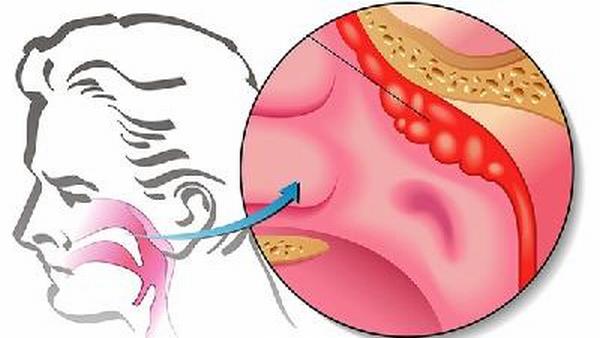鼻咽癌咯血怎么控制
 鼻咽癌疾病编辑
鼻咽癌疾病编辑
 鼻咽癌疾病编辑
鼻咽癌疾病编辑
Title: Controlling Epistaxis in Nasopharyngeal Carcinoma
Introduction:

Nasopharyngeal carcinoma (NPC) is a type of cancer that affects the nasopharynx, the upper part of the throat behind the nose. One common symptom of NPC is epistaxis, or nosebleeds, which can be troublesome and distressing for patients. This article aims to provide an overview of strategies to control and manage epistaxis in individuals with nasopharyngeal carcinoma.
Understanding the Causes:
Epistaxis in nasopharyngeal carcinoma can occur due to several factors. In NPC, the tumor can erode or invade the blood vessels in the nasopharynx, leading to bleeding. Additionally, radiation therapy, a common treatment for NPC, can cause damage to the delicate blood vessels in the region, further increasing the risk of nosebleeds.
Medical Management:
Controlling epistaxis in nasopharyngeal carcinoma typically involves a combination of medical interventions. The choice of treatment largely depends on the severity and cause of the nosebleed. The following approaches may be employed:
1. Topical Nasal Medications:
Nasal sprays or ointments containing vasoconstrictors, such as oxymetazoline, can help constrict the blood vessels in the nose, reducing the bleeding. In some cases, nasal corticosteroids may be prescribed to reduce inflammation and promote healing.
2. Nasal Packing:
Gauze or sponge packs can be inserted into the nasal cavity to apply pressure on the bleeding vessels and control the bleeding. This method is often reserved for severe or recurrent nosebleeds and may be performed in a healthcare setting.
3. Cauterization:
Cauterization involves using chemical agents or a heated instrument to burn or seal the bleeding blood vessels. This method is effective for localized bleeding and may be performed under local or general anesthesia.
4. Transcatheter Embolization:
In cases where the bleeding vessels cannot be accessed directly, transcatheter embolization may be considered. This procedure involves the insertion of a small catheter into the blood vessels supplying the nasopharynx, followed by the injection of embolic agents to block the vessels and stop the bleeding.
5. Supportive Measures:
Maintaining proper nasal hygiene, such as using saline nasal irrigations or humidifiers, can help keep the nasal passages moist and reduce the risk of nosebleeds. Avoiding irritants like cigarette smoke and dry air can also be beneficial.
Preventive Strategies:
Prevention is crucial in managing epistaxis in nasopharyngeal carcinoma. It's essential to:
1. Adhere to Treatment Plans:
Strict adherence to the recommended treatment plan for nasopharyngeal carcinoma, including radiation therapy and chemotherapy, can help control tumor growth and minimize the risk of complications, including nosebleeds.
2. Regular Follow-ups:
Regular follow-up visits with healthcare professionals allow for the evaluation of treatment effectiveness and the identification of any potential complications, ensuring timely intervention and better management of side effects.
3. Lifestyle Modifications:
Implementing a healthy lifestyle, including a balanced diet and regular exercise, can strengthen the body's immune system and support overall health, potentially minimizing the risk of complications from nasopharyngeal carcinoma.
Conclusion:
Controlling epistaxis in nasopharyngeal carcinoma requires a multidimensional approach, considering the underlying cause and severity of the nosebleed. Medical interventions, such as topical medications, cauterization, nasal packing, and transcatheter embolization, play a vital role in managing this condition. Additionally, preventive strategies and lifestyle modifications are essential in maintaining overall health and minimizing the risk of complications associated with NPC. If you experience epistaxis in the context of nasopharyngeal carcinoma, it is essential to consult with your healthcare provider for an effective management plan tailored to your specific needs.




